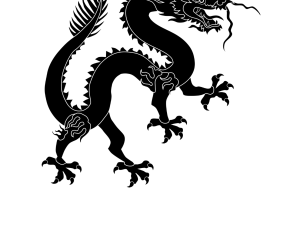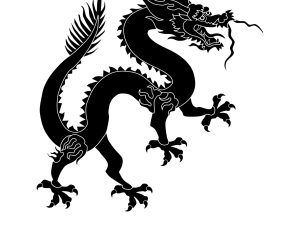Description
The biggest challenge in using herbs and herbal formulas in the treatment of disease is in choosing.
The vast amount of formulas can be overwhelming, which can cause uncertainty and insecurity.
Studying Chinese Classical formulas offers structure in application and learning. These formulas are based on Chinese Medical thought and represent normal physiology, pathology, and treatment all at the same time.
These Classical formulas represent principals, which when understood can be applied to other herbs and formulas.
For example, the herb Chai hu,Bupleuri radix represents the free movement of the liver blood. Understanding how chai hu is used gives insight into the use of other herbs like Sheng ma, Cimicifugae rhizome.
Most classic formulas are built on principles and structure. This information gives you the building blocks of formulas in the form of simple herb formulas and the most common herbal pairings.
Thirty herb pairs found in the Shang Han Lun and Jin Gui Yao Lue are discussed.
These simple formulas are described in terms
of taste and temperature, yin yang, five elements, six climatic qi, and its associated key symptoms. Where possible herbal formulas are described showcasing the herbal formula.
The most common herb pairs are described in terms of their therapeutic effect.
Understanding simple herb combinations makes understanding more complex formulas easier.





Reviews
There are no reviews yet.